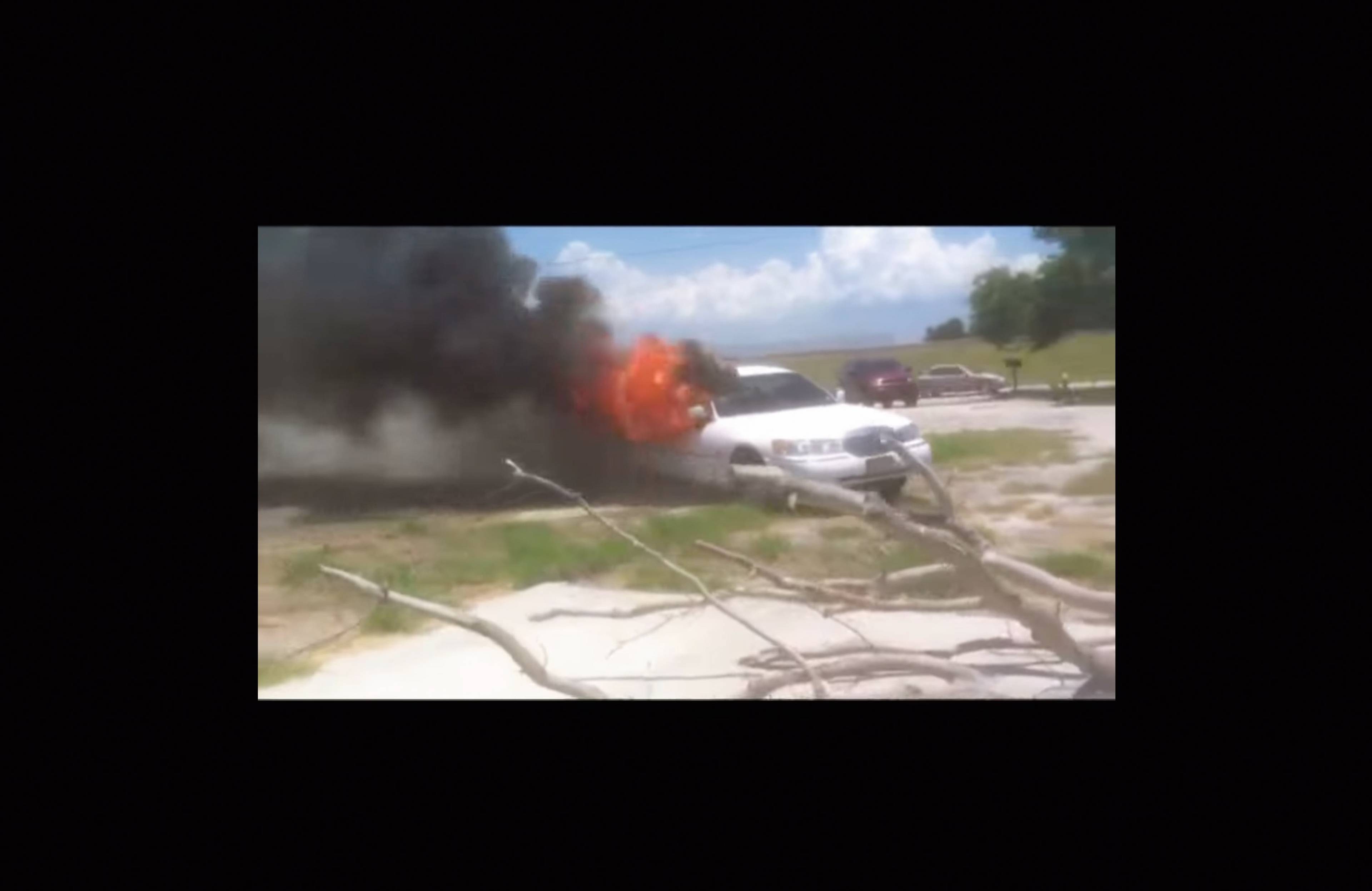“For me, unlike for some analysts, the polycrisis idea has always been first and foremost about mapping a cognitive shock, rather than a well-specified model.” So writes Adam Tooze, one of the smartest theorists of “polycrisis,” a now-trendy term used to capture the sense of a present of multiple, interlocking catastrophes – environmental crisis, geopolitical crisis, economic crisis, public health crisis, etc. But besides being a handy catch-all, it caught on because it also conveys that the effect of these parallel crises is more than the sum of their parts. Their synchronicity adds up to a new feeling.
Already, this points to how a “crisis of culture” is both a consequence of polycrisis and one of its component parts, feeding off of and synthesizing with all the others. This era of hydra-headed emergency intuitively presents itself as something to be addressed by art. But, if art is going to do more than facilely treat “polycrisis” as a buzzword or as subject matter – in paintings depicting ecological disaster, films enacting near-future dystopia, or street art shouting the words “WAKE UP!” – it must first meaningfully confront its own difficulties in speaking and acting in the world.
Like a fractal snowflake, zooming in on any one facet is likely to reveal the crises proliferating therein ...
– This text appears in full in Spike #79 – The Pessimist Issue. You can order your copy in our online shop –
___


